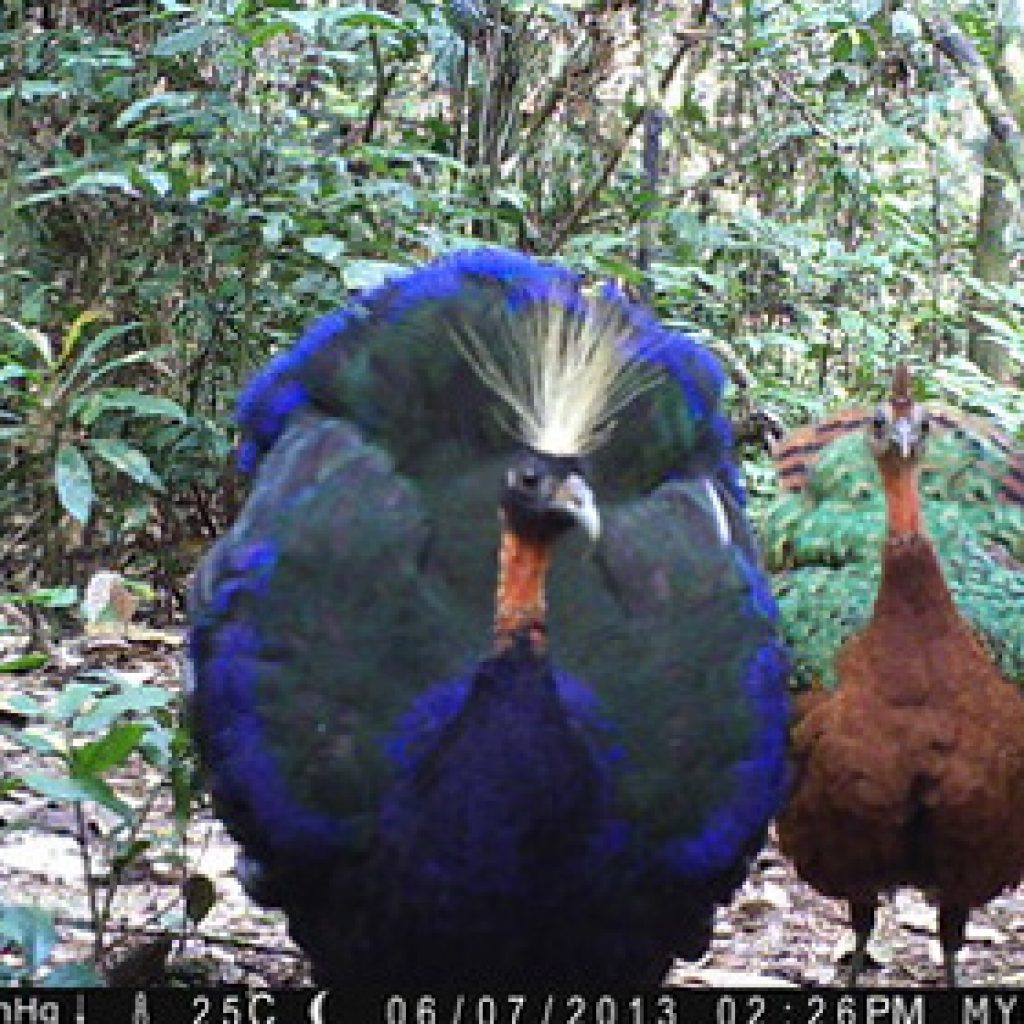
Camera traps set up by researchers in DR Congo have revealed 43 secretive forest species such as giant ground pangolins, African golden cats, leopards, cusimanses (a species of mongoose), bonobos, forest elephants and the endemic Congo peafowls.
Researchers in the 3,6 million hectare Salonga National Park (Africa’s largest tropical rainforest reserve) in the Democratic Republic of the Congo set up 160 camera traps in 743 locations and used a new method of analysis known as “camera trap distance sampling” to estimate animal abundance in this, one of Africa’s richest biodiversity habitats.
Camera traps have revolutionised wildlife research in allowing data to be collected on specie’s distribution, density, abundance, behaviour and social structure without the presence of a human observer. They have proved to be an indispensable tool, particularly in challenging environments such as dense rainforests or in dealing with shy, elusive or even dangerous animal species. Their value has been clear for many years but only recently have scientists found ways to use them to evaluate actual population data accurately. These population and density estimates are, in turn, crucial in evaluating the conservation status of individual animal species and ensuring that the correct measures can be implemented for their protection.





About The Author: David DiGregorio
More posts by David DiGregorio